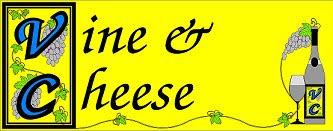Ampelidae is a French Loire Valley IGP (Indication Geographique Protege) wine producer that we have long known to be very good at what they do. IGP wines are produced from the appellations designated on their labels but are freer in their winemaking practices than the pedigreed AOC (Appellation d'Origine Controlee) wines. Those must reflect the historical practices that made the wines great in the first place.
The Loire Valley is home to the finest Sauvignon Blancs in the world so it is no surprise that Ampelidae specializes in these also. They market a dozen different wines including both still and sparkling Sauvignon Blanc and Chardonnay-based offerings and just a couple reds, a Pinot Noir and a Cabernet Franc. We believe our supplier in Atlanta only stocks the Sauvignon Blanc and Pinot Noir since that is all we've ever been offered.
The Ampelidae.com website leaves much to be desired. We would love to know where their grapes are sourced but that information is not provided. What they are proud of is their organic bonafides. Apparently Ampelidae has been on an extended trajectory toward purity. While organic accreditation in Europe only requires organic farming, Ampelidae now boasts no sulfites added.
Ampelidae's Sauvignon Blanc is a lively, minerally, balanced yet intense tropical fruity offering. The Pinot has savory aromas before getting into soft floral and round red fruit flavors. The finish is long and satifying.



